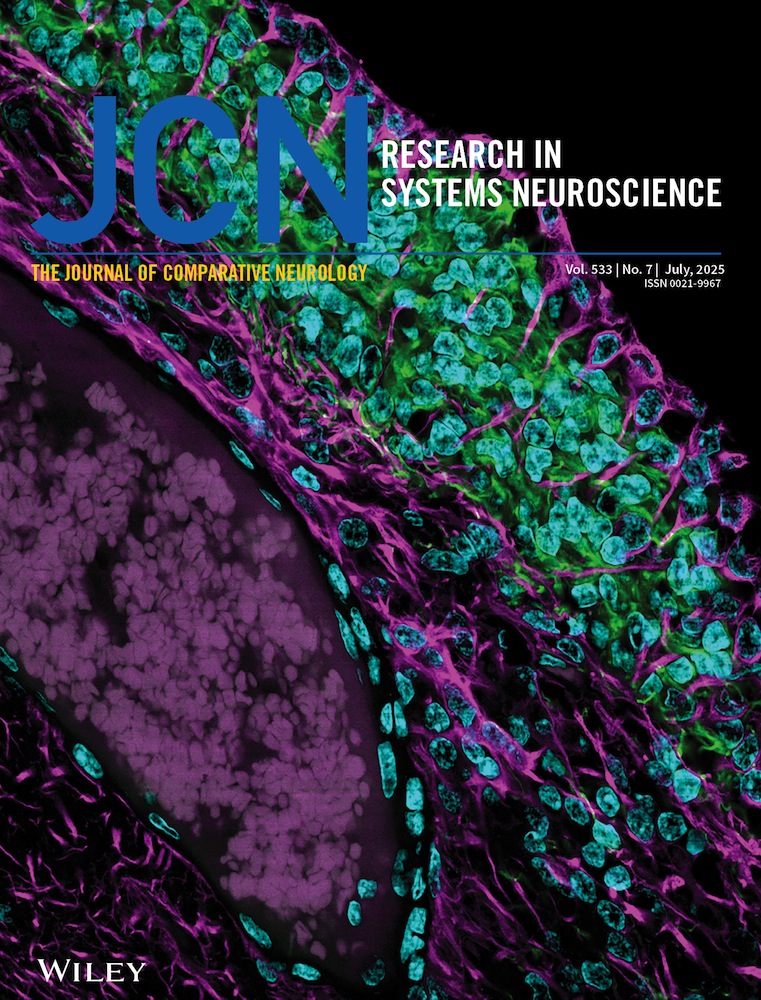The topographical organization of the vagal motor column in the elasmobranch fish, Scyliorhinus canicula L.
Abstract
The location within the brainstem of vagal preganglionic motoneurons has been determined in the dogfish Scyliorhinus canicula L. by means of the retrograde transport of horseradish peroxidase and cobalt applied to the vagus nerve and its component branches. Labelled vagal motoneurones were located in the ipsilateral caudal rhombencephalon from 2.1 mm caudal to 2.72 mm rostral to obex.
The motoneurons of the vagal motor column are arranged as four distinct groups. Caudal to obex the column contains dorsomedial and ventromedial divisions, whilst rostrally it consists of a single rostromedial division and a short lateral division. The cells in the ventromedial division are approximately twice the size (mean area 1,094 μm2) of the other vagal neurons.
The dorsomedial division contains neurons that supply the heart and viscera; the ventromedial division supplies the viscera. The heart is also innervated by the neurons of the lateral division and the visceral nerve also receives axons from the rostromedial division. All neurons supplying axons to the gill arches are located in the rostromedial division.
There is a sequential topographical representation of the vagus nerve in the vagal motor column. Neurons supplying the gastrointestinal tract are located caudally; those supplying the cardiac nerves lie in the midportion of the column, and the proximal supply to the gills is given by the most rostral neurons. There is some overlap between the pools of neurons supplyingadjacent branches of the vagus.




